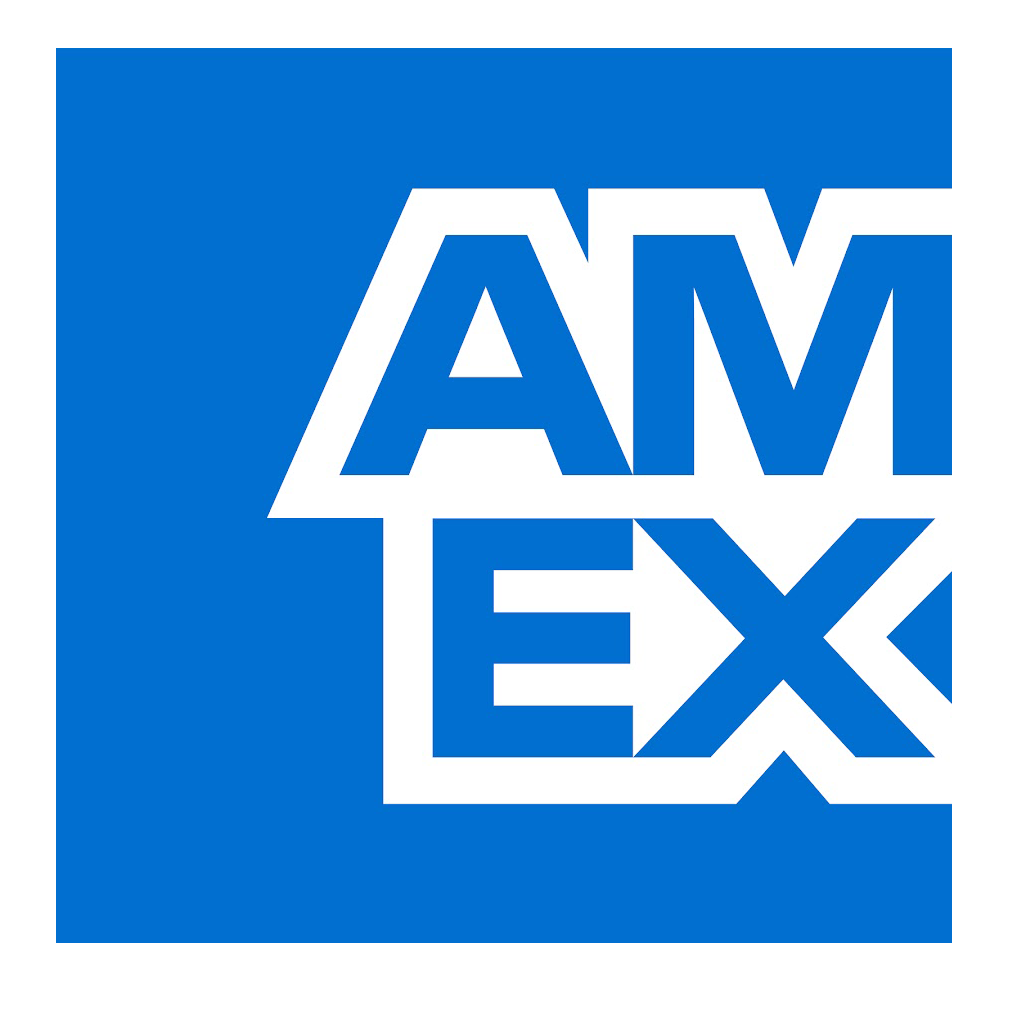Siloed, legacy payment systems in higher education absorb valuable resources and cloud financial visibility.
Next-generation payment systems not only improve cash flow but also cater to the expectations of Gen Z students for convenient digital payment experiences.
PYMNTS Intelligence interviews Laura Newell-McLaughlin, Executive Vice President of Integrated Payments and Campus Commerce at Transact Campus, on why unified commerce in higher education offers a clear advantage to all parties involved.
While today’s digital-first students navigate campus life through smartphones, many colleges and universities still rely on fragmented, analog payment systems. These systems introduce inefficiencies that disrupt cash flow and undermine student satisfaction — factors critical to the long-term success of any higher education institution. Unified digital commerce systems are the next-generation alternative, offering not only streamlined financial processes but also the modern payment experiences students expect. By facilitating greater efficiency and smoother payments, they score a dual victory for an institution’s financial health and student success.
- The Hidden Price of Legacy Payment Systems in Higher Education
- How Modern Payment Systems Satisfy Gen Z
- An Insider on How Unified Commerce Is a Win for All Stakeholders
- From Friction to Flow: Higher Ed’s Roadmap to Unified Commerce
The Hidden Price of Legacy Payment Systems in Higher Education
Siloed, legacy payment systems in higher education absorb valuable resources and cloud financial visibility.
America’s colleges and universities face a resource crisis rooted in outdated payment systems.
Delinquent tuition payments have become a persistent financial challenge for higher education institutions in the United States. At the end of 2023, 72% of U.S. colleges and universities faced outstanding accounts receivable (AR) exceeding $1 million. One-third had overdue balances in excess of $5 million. Only 1% reported past-due tuition and fees of less than $100,000.
74%
of U.S. higher ed officials dedicate up to half their time to recovering delinquent tuition.
One of the key sources of this problem is the continued use of inefficient, legacy AR systems. Nearly three-quarters (74%) of higher ed officials dedicate up to half their time to recovering delinquent tuition, with 42% assigning 10 or more staff to these efforts. This resource-intensive approach, which relies heavily on manual outreach methods such as phone calls and emails, diverts personnel from the core mission of delivering quality education and student services. Moreover, such a system is all too apt to let at-risk accounts fall through the cracks.
Siloed payment systems challenge collection efforts.
The reason for this is that the lack of a unified source of student financial data poses one of the largest barriers to collections. The fragmented nature of older payment systems means that there is no centralized repository of accurate data about which students have past-due accounts, how much they owe and where they are in the outreach process. This lack of visibility into students’ financial standing constrains strategic planning, delaying critical decisions on student outreach for payment collection. Modernizing and unifying these AR processes can free up scarce human capital while also safeguarding cash flow.
Updating and automating payment systems is helping universities recover vital resources.
Standardizing recovery and outreach processes is essential to improving collections. Automated solutions can mitigate financial risk and ultimately stabilize finances by fully integrating into an institution’s student information system to track and settle accounts. St. Edward’s University, for example, recouped 47% of outstanding tuition balances — some $520,000 — after modernizing its AR system.
How Modern Payment Systems Satisfy Gen Z
Next-generation payment systems not only improve cash flow but also cater to the expectations of Gen Z students for convenient digital payment experiences.
Next-gen payments can close the gap between higher ed needs and Gen Z expectations.
71%
of U.S. higher ed students would pay tuition more promptly if offered modern, digital payment methods.
Legacy payment systems create problems for students and institutions alike. A Transact study found that 71% of U.S. college students would be more likely to pay their tuition promptly if offered next-gen digital payment options. This willingness reflects broader trends identified by a PYMNTS Intelligence study, which confirms that Gen Z strongly favors convenient, mobile financial experiences. Furthermore, 68% of students in the Transact survey indicated that mobile-first payment options would reduce stress and improve their ability to manage finances.
Outdated payment systems cause avoidable stress for digital-native students.
In confirmation of this finding, a global study of undergraduates in key markets — including Australia, Spain, the United Kingdom and the U.S. — revealed a disconnect between payment experiences at higher ed institutions and Gen Z student expectations. Three in four undergraduates reported experiencing stress due to fragmented college payment experiences. The primary stressors were ambiguous payment processes (25%), lack of convenient payment options (21%) and too many payment choices (14%).
In contrast, unified digital commerce systems offer seamless, user-friendly payment experiences across all aspects of campus life. By matching student payment preferences, colleges and universities can inspire greater trust, reduce payment-related friction and ultimately move closer toward balanced AR books.
Student payment experiences might just become a new metric for college rankings.
There is another reason why understanding student payment preferences is highly relevant to higher education institutions. Nearly three-quarters (72%) of students also said the payment experience should be a key metric for ranking colleges and universities. The strong link between payment experience and student satisfaction suggests that payments will increasingly shape students’ perceptions of an institution’s reputation. By implementing a unified payment ecosystem, schools could boost their standing in student experience rankings.
An Insider on How Unified Commerce Is a Win for All Stakeholders
PYMNTS Intelligence interviews Laura Newell-McLaughlin, Executive Vice President of Integrated Payments and Campus Commerce at Transact Campus, on why unified commerce in higher education offers a clear advantage to all parties involved.

Unified commerce in higher education is a win-win for both institutions and their students.
Newell-McLaughlin told PYMNTS Intelligence in an interview that unified commerce is proving essential to higher ed institutions seeking better financial management.
“From the institution’s perspective, it simplifies the management of different payment types and volumes, offering enhanced efficiency and better data-driven insights, which are critical for future growth and student retention,” she said.
Unified commerce also provides a seamless, cohesive experience for students and their families. It does this by integrating everything from tuition payments to meal plans on a single platform. This streamlines processes and reduces friction while eliminating the need for multiple, disconnected transactions.
Unification of legacy systems and data silos does not need to happen all at once.
Unifying multiple disparate campus payment and data systems can feel like an overwhelming step to colleges and universities. However, Newell-McLaughlin said, the challenge of transforming legacy systems really depends on how an institution approaches it — whether through a comprehensive overhaul or a more gradual transition. The complexity can range from integrating isolated data silos to dealing with outdated hardware. Having a strong partnership throughout the process is key.
“At Transact, we partner closely with campuses to understand their unique situation and guide them through the process, whether it’s a rapid or a phased approach,” she said. “While timelines can vary, a full implementation typically takes anywhere from six to 18 months, depending on the scope.”
For every friction, there is a solution.
Newell-McLaughlin acknowledged that any large-scale technology implementation can come with initial friction — whether it is costs, data management or adapting to new systems. However, she said her company aims to make the journey as smooth as possible, reducing friction through strategic planning, robust onboarding resources and continuous support.
“At Transact, our focus is on being a true partner, not just a vendor,” she said. “We work closely with campuses to minimize disruption, collaborating on solutions tailored to their infrastructure and goals.”
All stakeholders gain from a unified commerce transformation.
Newell-McLaughlin said unified commerce benefits all stakeholders across the board. Students gain from a simplified, integrated experience that reduces the need for multiple apps and systems, making their interactions with the campus more seamless. Institutions benefit from the ability to manage their data and payments more effectively, with fewer vendors and a more holistic view of their operations. Vendors also win through easier, more streamlined interactions with the campus.
“Ultimately, it’s about creating an integrated, unified experience that enhances not just commerce but the entire campus ecosystem,” she concluded.
From Friction to Flow: Higher Ed’s Roadmap to Unified Commerce
Manual, outdated AR systems and outreach methods in higher education are undermining effective processing of tuition and other campus-related payments. The absence of unified commerce systems on many campuses adds further friction to finance teams already stretched thin. This gap affects student payment behavior and satisfaction, too, holding implications for institutions’ reliance on timely payments. Unified digital commerce systems enable colleges and universities to streamline operations, enhance student satisfaction and stabilize cash flow — freeing schools to focus on their core mission: empowering students to achieve their academic and personal goals.
PYMNTS Intelligence prescribes the following actionable roadmap for higher education institutions:
- Conduct a comprehensive audit of current payment processes across all campus departments. Identify siloed systems, manual workflows and pain points in the student payment journey. Use these findings to drive efficiency improvements, improve cash flow visibility and prioritize areas for the adoption of unified commerce solutions.
- Establish a cross-functional task force of finance and IT staffers alongside student affairs representatives. Task this team with researching and evaluating unified commerce solutions that seamlessly integrate with student information systems and enterprise resource planning (ERP) platforms to ensure genuine real-time visibility across departments.
- Implement a phased rollout of the chosen unified commerce solution. Begin with a pilot program in high-volume payment areas such as tuition and housing. Gather and analyze data on processing times, error rates and student feedback to refine the system before scaling campuswide.
- Use automated AR capabilities within the unified commerce system to optimize collection strategies. Use data analytics to segment students by payment history and customize outreach methods, improving recovery rates while reducing the manual burden on finance teams.
- Partner with a trusted provider. Select a partner specializing in automated AR and unified commerce solutions with expertise in scalability, data security and compliance with industry standards. The right partner will help your institution smoothly transition to next-generation payment processes and provide ongoing support as needs evolve.
The future of higher education finance is unified, digital and ready to support both students and institutions. Campuses leading this effort can not only improve their finances but also help secure a top-ranking spot within the student experience landscape.

Many universities use multiple, and sometimes antiquated, payment systems. This can negatively impact students’ experiences paying tuition, housing, meal plans and more. And for universities, this can lead to errors and inefficiencies, impacting the financial health of the institution. Both students and educational institutions stand to benefit from modernizing campus payment processes, moving from siloed to streamlined solutions — like online payment portals for ease of payment and reconciliation on the back end, and digital solutions like vPayment from American Express, for universities’ larger purchases.”
Vice President — Central & Government
Global Merchant & Network Services

Acknowledgment
The B2B and Digital Payments Tracker® Series is produced in collaboration with American Express, and PYMNTS Intelligence is grateful for the company’s support and insight. PYMNTS Intelligence retains full editorial control over the above findings, methodology and data analysis.
About

American Express is a globally integrated payments company, providing customers with access to products, insights and experiences that enrich lives and build business success. Learn more at americanexpress.com, and connect with us on Facebook, Instagram, LinkedIn, X (formerly Twitter) and YouTube.
PYMNTS Intelligence is a leading global data and analytics platform that uses proprietary data and methods to provide actionable insights on what’s now and what’s next in payments, commerce and the digital economy. Its team of data scientists include leading economists, econometricians, survey experts, financial analysts and marketing scientists with deep experience in the application of data to the issues that define the future of the digital transformation of the global economy. This multilingual team has conducted original data collection and analysis in more than three dozen global markets for some of the world’s leading publicly traded and privately held firms.
The PYMNTS Intelligence team that produced this Tracker:
Managing Director: Aitor Ortiz
Senior Writer: Randall Brown
Senior Content Editor: Alexandra Redmond
Content Editor: Joe Ehrbar
Research Analyst: Mariano Soler
We are interested in your feedback on this report. If you have questions or comments, or if you would like to subscribe to this report, please email us at feedback@pymnts.com.
Disclaimer
PYMNTS SHALL NOT BE LIABLE FOR ANY DAMAGES WHATSOEVER, AND, IN PARTICULAR, SHALL NOT BE LIABLE FOR ANY SPECIAL, INDIRECT, CONSEQUENTIAL, OR INCIDENTAL DAMAGES, OR DAMAGES FOR LOST PROFITS, LOSS OF REVENUE, OR LOSS OF USE, ARISING OUT OF OR RELATED TO THE CONTENT, WHETHER SUCH DAMAGES ARISE IN CONTRACT, NEGLIGENCE, TORT, UNDER STATUTE, IN EQUITY, AT LAW, OR OTHERWISE, EVEN IF PYMNTS HAS BEEN ADVISED OF THE POSSIBILITY OF SUCH DAMAGES.
SOME JURISDICTIONS DO NOT ALLOW FOR THE LIMITATION OR EXCLUSION OF LIABILITY FOR INCIDENTAL OR CONSEQUENTIAL DAMAGES, AND IN SUCH CASES SOME OF THE ABOVE LIMITATIONS DO NOT APPLY. THE ABOVE DISCLAIMERS AND LIMITATIONS ARE PROVIDED BY PYMNTS AND ITS PARENTS, AFFILIATED AND RELATED COMPANIES, CONTRACTORS, AND SPONSORS, AND EACH OF ITS RESPECTIVE DIRECTORS, OFFICERS, MEMBERS, EMPLOYEES, AGENTS, CONTENT COMPONENT PROVIDERS, LICENSORS, AND ADVISERS.
Components of the content original to and the compilation produced by PYMNTS is the property of PYMNTS and cannot be reproduced without its prior written permission.
The B2B and Digital Payments Tracker® Series is a registered trademark of What’s Next Media & Analytics, LLC (“PYMNTS”).
